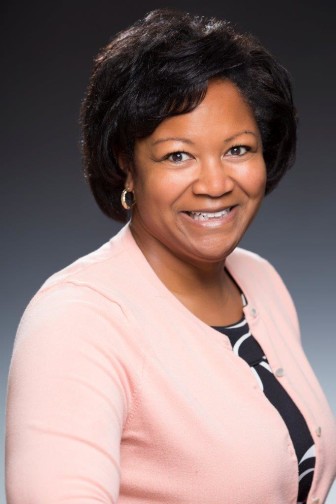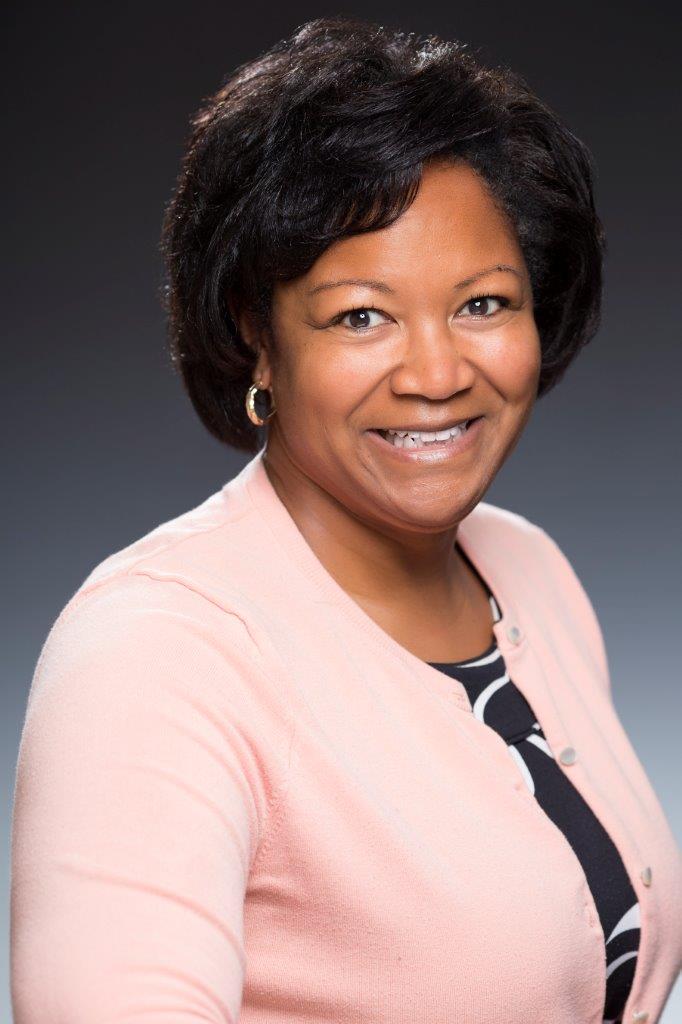 Presidential candidates from both parties have spoken about improving economic opportunities for people living in poverty, but none focus on babies, toddlers and preschoolers, who represent one of the largest and growing segments of the poor. Virtually every critical issue — from the economy to education to foreign policy — impacts them more than any other segment of our population. Here are five things the candidates and voters need to know about poverty among our youngest children:
Presidential candidates from both parties have spoken about improving economic opportunities for people living in poverty, but none focus on babies, toddlers and preschoolers, who represent one of the largest and growing segments of the poor. Virtually every critical issue — from the economy to education to foreign policy — impacts them more than any other segment of our population. Here are five things the candidates and voters need to know about poverty among our youngest children:
1. Babies, toddlers and preschool-aged children make up the majority of the poor. According to the latest U.S. Census data from last September, one in three of the 46.7 million poor people in America were children. With a poverty rate of 23.8, babies, toddlers and preschoolersmake up the highest percentage of poor children. In addition, 11 percent of young children (age 0 to 9) live in deep poverty, defined as a family income of below 50 percent of the Federal Poverty Level.
Poverty stacks the decks against young children in ways that cause them to fall behind in school, increases their risks of experiencing violence, crime, child abuse and neglect, hunger, adverse health conditions and leads to a future where they will become poor adults. A 2007 study by professors at Georgetown University estimated that child poverty costs our nation $500 billion each year in lost productivity, higher crime rates, incarceration and increased health expenditures, a figure that equates to $672 billion today.
2. Federal anti-poverty programs help reduce childhood poverty. Research demonstrates that programs such as the Supplemental Nutrition Assistance Program (SNAP), the Earned Income Assistance Program (EITC), the Child Tax Credit (CTC) and housing assistance programs have reduced poverty since the 1960s by as much as 11 percent among children.
The child poverty rate would have been reduced even more by these programs if not for the Great Recession. And yet, an 11 percent reduction in poverty is significant. Today, 16.4 million or 22 percent of children are poor. If we were to reduce that by 11 percent, that would lift more than 8 million kids out of poverty.
[Related: What Lessons Have You Learned From the Kids You Work With?]
According to recent IRS estimates, in 2014, the EITC and CTC lifted approximately 10.1 million people out of poverty, including 5.3 million children. The CTC should be indexed for inflation, like other government benefits, to put more resources into the hands of working parents. In addition, the CTC should include a baby bonus that would double it during the first two years of a child’s life to support newborns.
3. The federal share of spending on children’s programs that help reduce poverty has steadily declined. Contrary to popular belief, the share of federal spending dedicated to children’s health, educational and economic programs has been steadily declining and now stands at less than 8 percent of the federal budget.
And, although federal spending is projected to increase, virtually none of that spending will be directed toward children but instead will go to retirement and health spending for adults and interests on our national debt. Presidential candidates can take a stand against this perverse trend and commit to allocating a fair share of our national budget to ensure the well-being of children.
4. Effective early childhood programs reduce child poverty. The foundations of brain architecture and lifelong learning are developed when children are babies and toddlers. Effective early childhood programs act as force multipliers to promote early health and learning opportunities that reduce childhood poverty. Candidates should support increased funding for these initiatives:
- Maternal, Infant and Early Childhood Home Visiting Program, which funds state and local home-visiting programs with impressive track records of improved birth outcomes, early child health and development, parenting skills, access to community resources and maternal employment, all leading to reductions in poverty.
- Child Care and Development Block Grant, which provides subsidies to working parents to allow them to work or go to school.
- Quality preschool, which acts as an academic equalizer for children living in poverty. It helps prepare them for school by improving their language, literacy and mathematical skills and can help with their social-emotional development. Studies have shown that for every $1 invested in preschool, society saves $7 in reduced expenditures.
5. We can reduce child poverty by establishing a target to cut child poverty in half in 10 years. In 2000, the U.K. established a national child poverty target, which united the Tory and Labour parties behind a goal of halving child poverty in 10 years. Through a mixture of investments for children and efforts to increase financial support for families, the British government cut child poverty in half in 2010.
Legislation pending in the U.S. House of Representatives and Senate would establish a national target to reduce the number of children living in poverty in the U.S. by half in 10 years and eliminate child poverty in 20 years.
We urge the presidential candidates to take a stand against child poverty by supporting these and other measures to significantly reduce poverty among our youngest children and their families.
Karen Howard is vice president of early childhood policy for First Focus, a bipartisan advocacy organization dedicated to making children and families the priority in federal policy and budget decisions.
More related articles:
Blueprints Conference Offers Lessons in Evidence-Based Programming
Meeting the Needs of Kids in the U.S. Who Fled Violence in Central America
Youth Now Have Fighting Chance at Rehabilitation



























